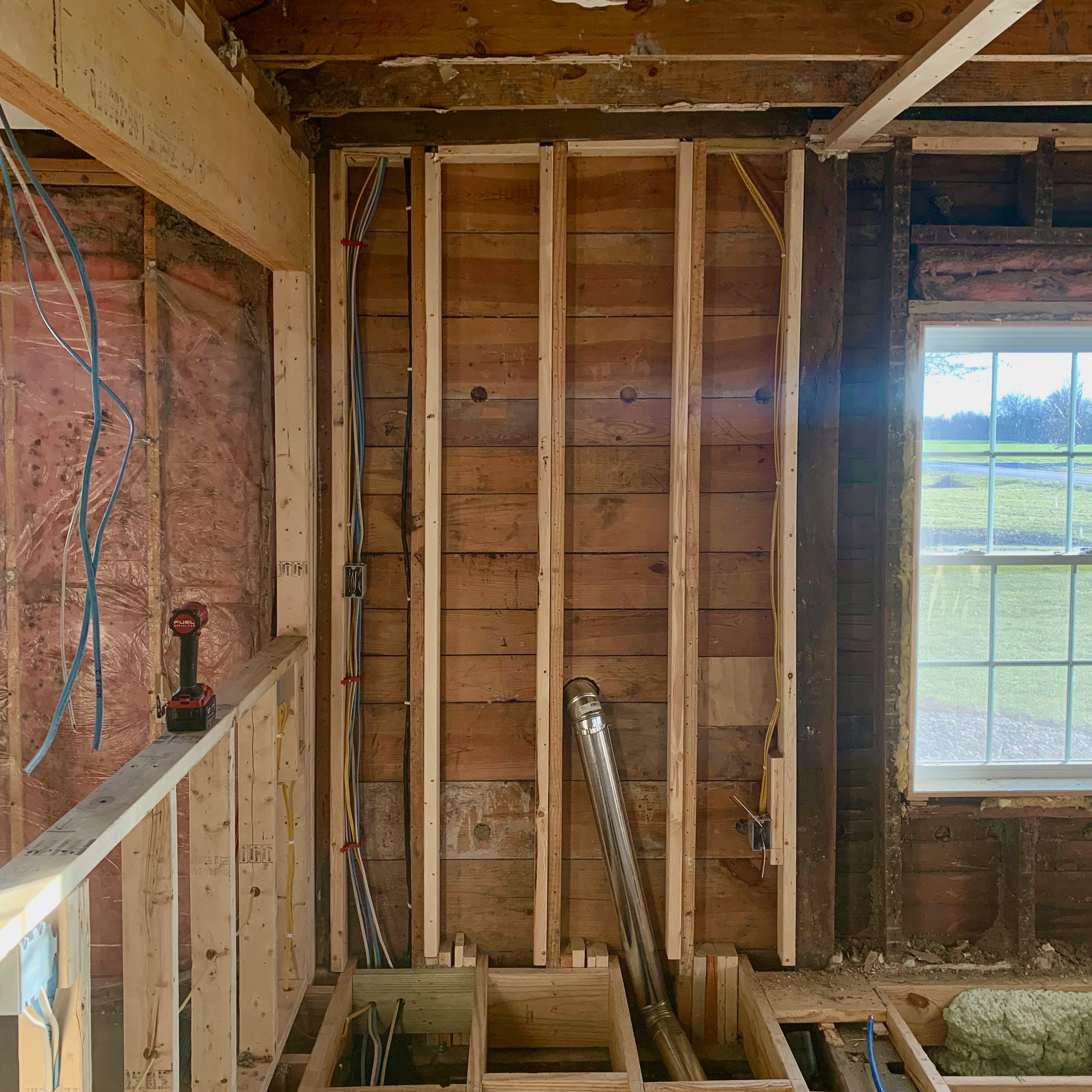The Importance of Building Science
Since 2021, we have dedicated ourselves to learning how the parts of a structure hidden from plain sight and, in fact, the materials of the walls themselves are the most important components of a house. This is not how most people think about homes, though.
Whether we realize it or not, almost everyone is shallow when it comes to selecting a house. Using Zillow as a Tinder for homes, we all find ourselves sifting through pictures of homes and coming to a quick conclusion based on the appearance of the structure. Much like the importance of getting to know a date's personality, though, we encourage everyone to realize that the parts of a house that you cannot see are just as important as those that you can.

We recognize that it is easy to conclude a house is premium based on its interior finishes. For example, a structure with hardwood floors, granite counters, and tile showers will be regarded as higher quality than one with linoleum floors, laminate counters, and fiberglass showers. While these premium materials are often more beautiful, natural, and timeless - they are only the outermost layer of the assembly of a house. And crucially, they have little effect on the longevity and comfort of the structure itself. Thus, most "premium/custom builders" focus on offering higher-end finishes which are easily observed, rather than investing in improving the building science which determines the longevity, comfort, energy-efficiency, and indoor air quality of the home.
Meanwhile, at Akeldama, we seek to build and remodel structures with a focus on all of these aspects in order to make a great house. To achieve this, we maintain a minimum building standard to ensure our projects result in spaces that are more than just pretty (for more on beauty, see Maintaining Architectural Integrity). For remodels, this standard asserts we must leave the structure more comfortable and more energy efficient than before. As for new construction, we seek an even higher standard and design and build every aspect of the home with building science in mind. Efforts such as reducing thermal bridging, creating a tight envelope, and carefully designed Heating Ventilation and Air Conditioning systems (HVAC) result in homes that last longer and are more comfortable in every season for all occupants.